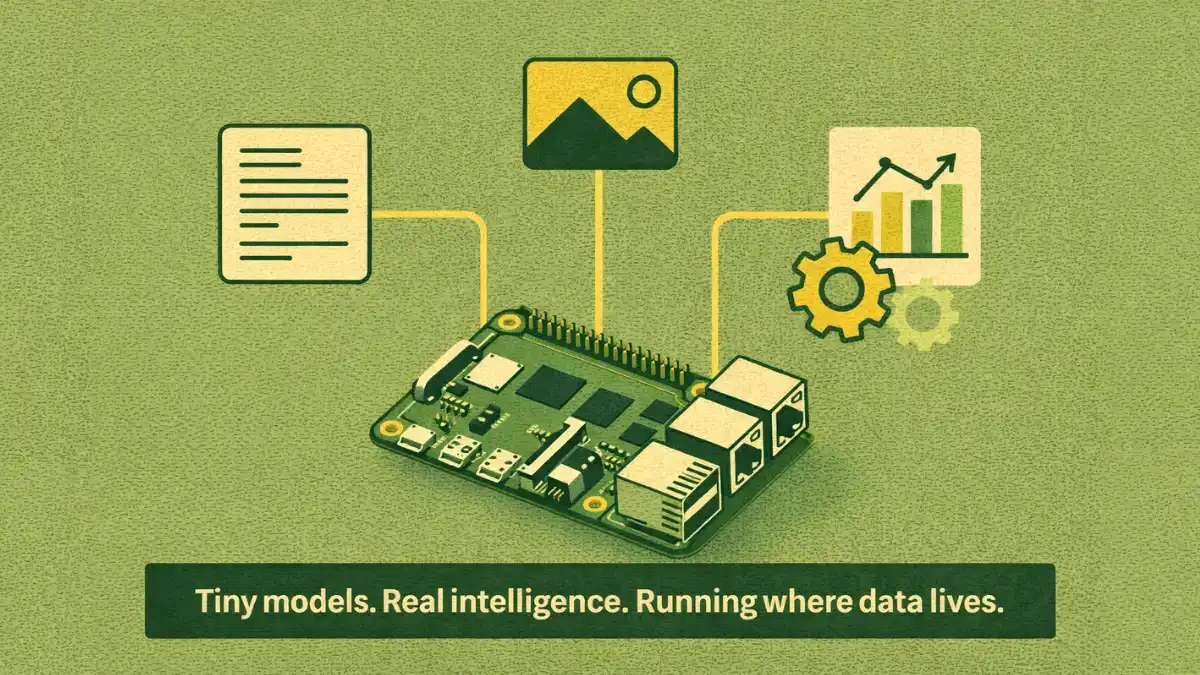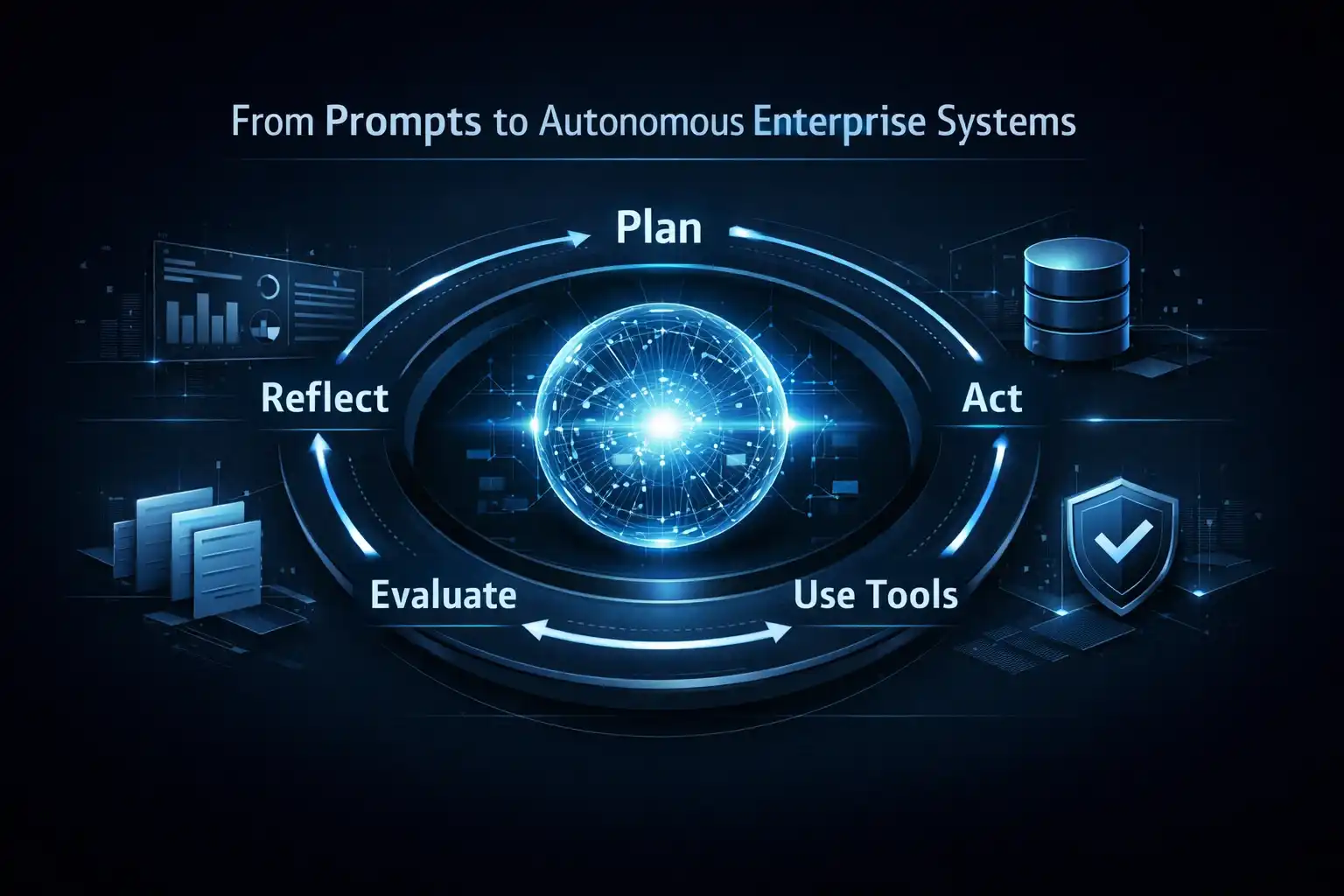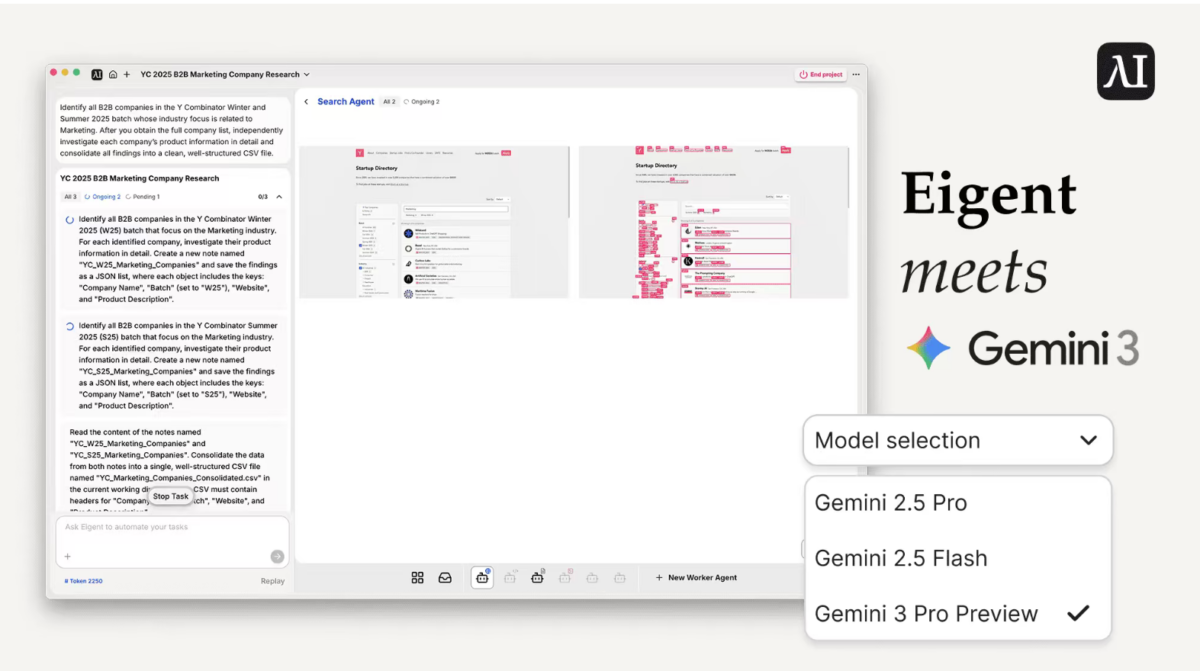Time management and monitoring are essential techniques for increasing efficiency and productivity in a variety of work environments. Time management focuses on planning, organizing, and prioritizing work to produce better results, whereas time monitoring records the amount of time spent on a particular task, project, or activity.
Time Tracking:
Tools for tracking time are useful for both individuals and businesses to monitor how their time is spent on various jobs and initiatives. These technologies can track billable time, record hours worked, and provide comprehensive time consumption reports. By collecting this data, users can learn more about their production patterns and pinpoint areas for development. The ability to manually enter time, automatically capture time, and integrate with other software systems is a common aspect of time tracking apps.
Time Management:
Users can organize and arrange their chores and activities with the help of time management software. They support efficient task scheduling, deadline management, and priority setting. Features like to-do lists, goal setting, calendar integrations, and reminders are frequently found in time management apps. These tools are intended to help users become more focused, stop putting off jobs, and make sure they finish their most critical assignments.
How Time Tracking Apps Enhance Productivity And Workflow?
A key component of improving productivity and workflow is efficient time management. Setting clear deadlines and prioritizing work enables people to manage their time well and concentrate on high-impact assignments. Making use of time tracking apps and to-do lists can assist organize work, cut down on procrastination, and guarantee that time is spent effectively.
Simplifying the procedure is an additional critical element. The amount of time spent on repeated operations can be reduced by standardizing and simplifying tasks. A more efficient workflow can be achieved by implementing workflows and automation systems, which can speed up repetitive tasks and lower the risk of error.
Productivity is significantly impacted by clear communication. Ineffective communication amongst team members and with stakeholders keeps things unclear and cuts down on delays. Regular meetings and the use of project management software can improve coordination and guarantee that all parties are in agreement with the project’s objectives and advancement.
Best Time Tracking Software:
With an emphasis on high-end, business-grade programs appropriate for work settings, this section provides a detailed examination of the best time tracking software available. A thorough analysis of the salient characteristics, benefits, and constraints of top-tier tools is included, along with industry-specific suggestions.
A Features To Look For:
A few components of a top-notch time tracking app are precise time recording, mobile accessibility, automated tracking capabilities, through reporting, connection with project management and payment system, and user-friendly interfaces.
Pros And Cons:
Top tools frequently shine at offering thorough analytics, smooth integration, and powerful reporting features. But they might be more expensive or require more setup work. Selecting the optimal instrument for a given set of demands requires weighing the advantages and disadvantages of each one.
Sector-Specific Suggestion:
Legal: Programs with specific capabilities for invoicing and case management include Clio and Bill4Time.
Medical: With patient management connections and scheduling features, Timely and Kareo meet the needs of medical professionals.
Tech: With tools for remote team management and through project tracking, Hubstaff and Harvest are well-suited for the sector.
Top Time Tracking Apps:
The top time tracking applications for smartphones are featured in this part, catering to teams, freelancers, and small enterprises that need simplicity and flexibility. These applications are designed to provide users with efficient time management while they are on the road by enabling them to track their work from their mobile devices.
Comparing The Functionalities:
Ease of Use: The top time tracking apps provide a seamless experience and less setup time because they are simple to use and intuitive. They are generally accessible to users with different degrees of technical experience, thanks to features like one-click time reporting and the flexibility to group work by project or customer.
Ingredients: The best applications have interfaces with other well-known tools, including project management programs (like Asana, Trello), accounting programs (like Slack, Microsoft teams). By integrating time tracking with other crucial business technologies, users can improve productivity and streamline workflows.
Cross-Platform Compatibility: The majority of popular apps are accessible on iOS and Android, allowing users to access their data on a variety of platforms, including desktop computers, tablets, and mobile phones. For users who switch between devices, the ability to track time from any platform guarantees the highest level of flexibility.
Features Of Mobile App:
Time tracking apps for mobile devices are frequently designed with speed input in mind, enabling users to start or stop timers with a single tap. They also provide customizable reports and in-depth analyses of the amount of time spent on various jobs for users who frequently work away from their desks.
Features like notification to stop or stop monitoring and GPS tracking to assist with location-based work make mobile apps even more effective.
For field workers or others who need to track time without manual input, certain apps have voice input features that let users log time or manage tasks hands-free.
Reviews Of User Interface And Experience:
Design and Navigation: The user interfaces of top apps are clear and uncomplicated, making time monitoring effective and hassle-free. It’s simple to keep organized with features like task categorization, color-coded projects, and a visual progress bar.
Review and Comment: A seamless user experience is often emphasized in user reviews. Apps with a low learning curve, regular updates, and helpful customer service are recommended. Because they strike a good balance between functionality and ease of use, tools like Toggl and Clackity are well-liked by independent contractors and small teams
Option For Offline Tracking And Synchronization:
Users may measure time with many popular apps even when their internet connection is not active. Professionals who operate in remote locations or while traveling need this. To ensure that no time entries are lost, the software syncs all of the logged data to the cloud whenever it is connected to the internet again. Regardless of network condition, offline capability guarantees that users retain consistent time logs, which is especially helpful for mobile workers or freelancers who are frequently on the go.
Best Free Time Tracking Apps:
The best free time tracking apps are examined in this part; they offer important features at no cost, making them appropriate for small enterprises, freelancers, and individuals. For users who want basic time tracking features without having to pay premium fees, these applications are perfect.
Comparing The Paid And Free Version:
Essential functionality, like task classification, time logging, basic reporting, and occasionally team collaboration features, is included in free time tracking apps. For beginning small teams or solitary users, they are usually more than sufficient.
Free Version: These usually come with rudimentary reporting, project/task management, and both automated and manual time tracking. Additionally, a lot of apps provide interfaces with well-known programs like Google Calendar, Slack, and Asana.
Paid Version: These versions typically provide more functionality, such as extra integrations with accounting or payroll systems, thorough reporting, invoicing, client management, and expenditure monitoring. Limitations on the quantity of users, projects, or clients are also eliminated in the paid editions.
Limitations and Strengths of Free Apps:
Strength: Cost-effective free time tracking apps let users manage their time Well without having to pay anything upfront. Numerous include offline monitoring, smartphone accessibility, and productivity tool integration, which makes them adaptable to various use cases. Small teams find the free versions appealing because they often permit limitless tracking for people and frequently provide multi-user access.
Limitation: The number of projects, clients, or users may be limited in free versions. Basic reporting tools are frequently absent from commercial versions, which offer more customization choices and in-depth insights. Certain free programs don’t offer advanced time management features, project budgeting, or a number of integrations. Free plans may have limited customer support, typically consisting of FAQs or community forums.
Time Management App:
An application for time management is a digital tool that people use to better plan, arrange, and monitor their work and time. Features like to- do lists, calendars, reminders, time tracking apps, and productivity statistics are frequently included in these apps. Users can set goals, better manage their schedules, and fulfill their obligations by utilizing these capabilities. Prominent time management applications comprise Todoist, Trello, and Google Calendar.
The Best Time Management App:
The top time management applications vary widely and are based on personal preferences, but here are a few well-liked and well-respected ones:
Todoist: offers task management, including project organization, deadlines, and priority levels provided by Todoist.
Trello: An excellent tool for visual planning, Trello uses cards and boards to coordinate projects.
Asana: Offers capabilities for team communication, project tracking, and task assignment.
Google Calendar: A flexible calendar program for scheduling and setting reminders in Google Calendar.
Microsoft To Do: This work management and planning tool integrates with Microsoft Office.
Notion: A single app that manages tasks, notes, and projects.
Time Camp: Provide tools for controlling work hours, such as time monitoring and reporting.
Rescue Time: Monitors your device usage and offers suggestions to increase efficiency.
5 Best Time Tracking Apps
Some of the best time tracking apps, each suited to different needs and preferences:
1. Toggl Track: Toggl Track is a well-liked time tracking tool because of its ease of use and straightforward design. With just one click, customers can begin tracking time without being mired down with extraneous data. Toggl is a flexible project management application that interfaces with more than 100 platforms, including Asana, Trello, and Slack, And provides comprehensive reporting features. For independent contractors and small teams looking for an easy approach to monitor billable hours, project status, and team output, this tool is especially helpful.
2. Clockify: Time clock Clockify is a fully free time monitoring tool that is unique in that it can have an infinite number of users, which makes it perfect for both individuals and groups. It provides several functions, such as tools for project management, reporting, and manual time monitoring. For those seeking a cost-effective option without sacrificing functionality, the app is ideal. You can more easily allocate resources by seeing how much time is spent on each project with Clockift’s user-friendly dashboard.
3. Rescue Time: Rescue Time adopts a different strategy by tracking your actions automatically in the background. This makes it ideal for users who wish to know how much time they spend on different tasks without having to manually start and stop the timer. In addition to classifying your tasks according to productivity levels, this software gives you a clear image of which activities are distracting or productive. Rescue time is a fantastic option for people who are committed to productivity and self-improvement because of its comprehensive reports, which assist users in identifying time-wasting tendencies.
4. Hubstaff: Hubstaff is designed for companies, especially those that have remote workers. It provides features like GPS tracking, project management, personnel monitoring, and even payroll capabilities in addition to time tracking. Hubstaff’s distinguishing feature is its capacity to monitor activity levels through regular screenshot captures and keystroke logs, which makes it perfect for organizations seeking to guarantee accountability from remote employees. To facilitate smooth project management, the software can also be integrated with programs like Trello and Asana.
5. Harvest: Harvest is a feature-rich time tracking solution that is ideal for small enterprises and freelancers because it allows for invoicing and cost monitoring as well. The program has an easy-to-use design and provides analytical information to assist users in monitoring project finances and timeframes. Harvest’s ability to generate invoices based on tracked time and send them straight to clients is one of its best features. The app is a good all-in-one solution because it combines effectively with project management and accounting applications.
How To Choose The Best Time Tracking Software?
It’s important to know exactly what you need from the time tracking software and how various features fit into your needs before making your selection. The first thing to do is determine your need for time tracking. Is the purpose to oversee worker output, control billable hours, or optimize project scheduling? Knowing your main goal will enable you to focus on the instrument that meets your needs. For example, large enterprises would need functionality for team administration and extensive reporting, whereas freelancers could prioritize software that allows them to invoice clients.
The simplicity of use factors comes next. No matter how many features the program has, low adoption rates are likely to result from it being difficult to use. Seek software that requires less training and has an easy-to-use interface for speedy onboarding. This guarantees that there won’t be a significant learning curve when you and your team begin using it. Additionally, think about how well the program works with the other tools you already have, such as accounting or project management software. Your workflow can be optimized with integration capabilities, which also removes the need for manual data entry.
Free vs. Paid time tracking software
Free Time Tracking Software: The basic capabilities of free time monitoring software are appropriate for small teams or individuals. These usually consist of straightforward timekeeping, elementary reporting, and restricted tool integrations. It is perfect for independent contractors or small companies with low needs and tight budgets. Although the cost-saving element is alluring, free versions frequently include restrictions including less customization possibilities, limited capabilities, and restricted customer support, which makes them less appropriate for expanding teams or companies with more complicated requirements.
Paid Time Tracking Software: Advanced features offered by paid time tracking software include extensive reporting, in-depth analytics, project management and payroll tool connections, and employee monitoring. These solutions, which are intended for larger teams or enterprises, provide more sophisticated functionality, specialized customer service, and configurable options. Paid solutions are more appealing to businesses looking to optimize their time tracking procedures since they offer more efficiency, better workflow management, and higher scalability in exchange for a membership fee.







